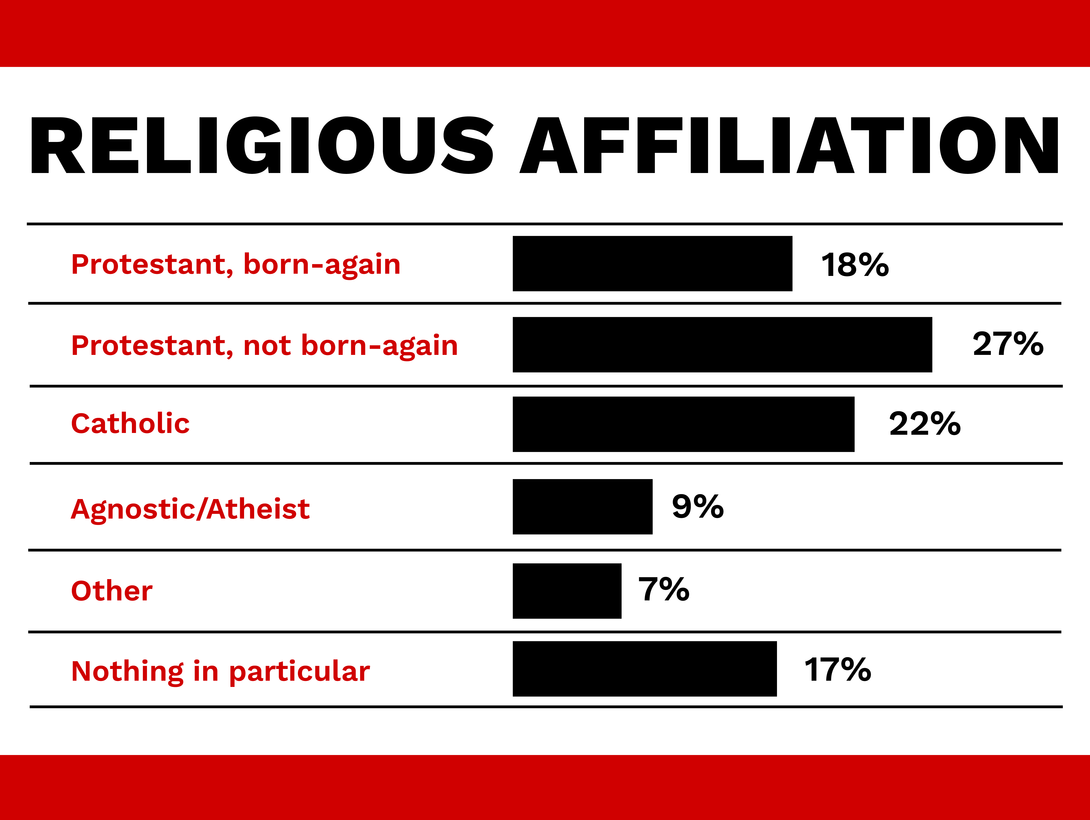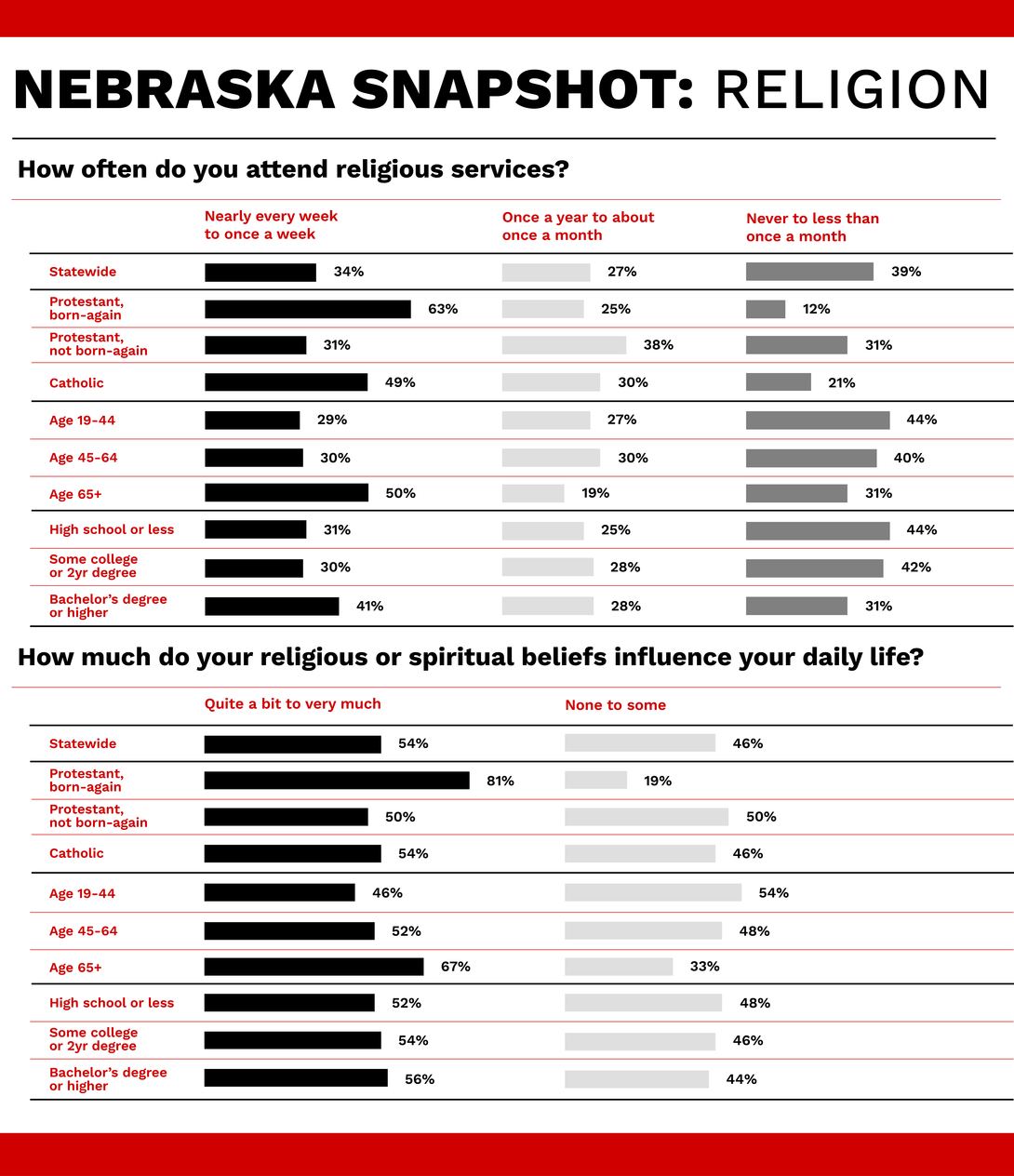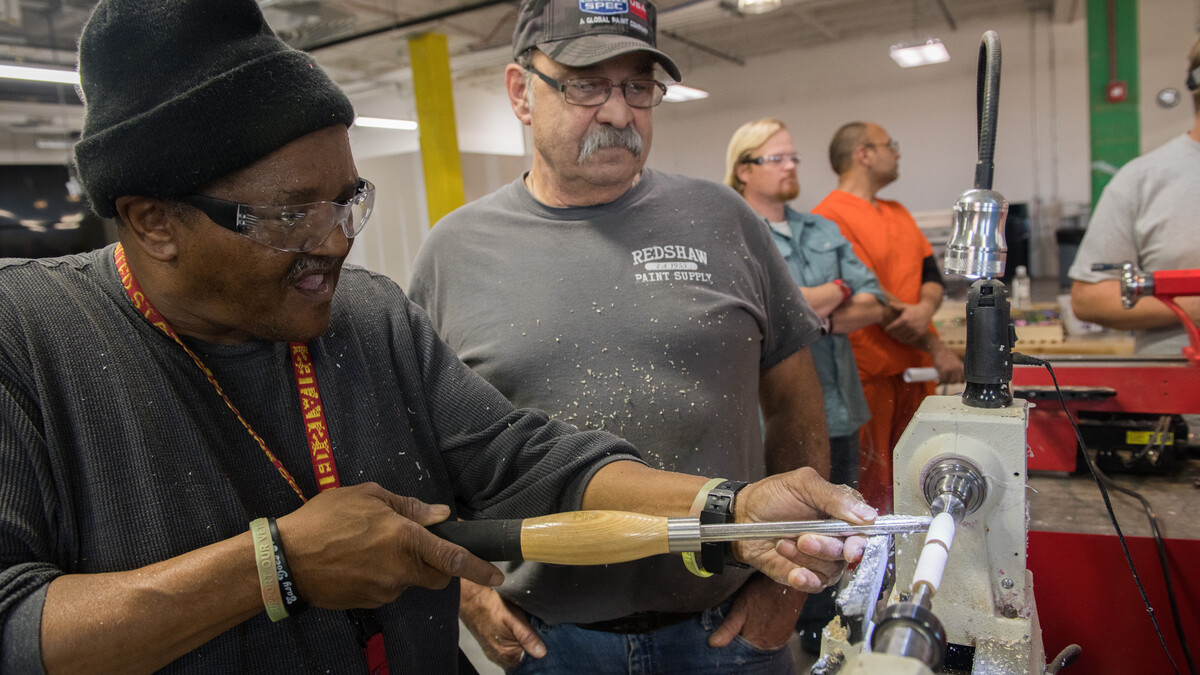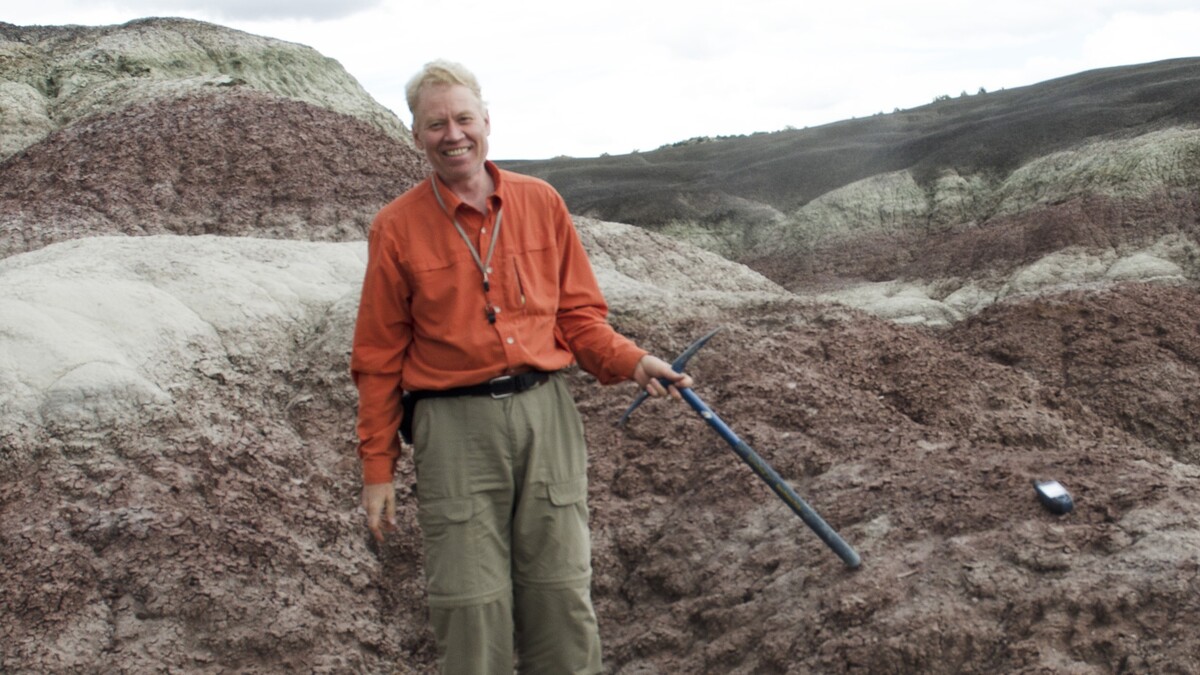
Older, rural Nebraskans are more likely to attend religious services regularly and are more heavily influenced by their religious beliefs, according to the latest Nebraska Snapshot, produced by the University of Nebraska–Lincoln's Bureau of Sociological Research.
The snapshot is produced bi-monthly from the most recent Nebraska Annual Social Indicators Survey, which gathered opinions from 2,232 Nebraskans during summer and fall 2024.
Statewide, most Nebraskans surveyed report religious affiliation, with 22% being Catholic, 27% being Protestant, not born-again, 18% being Protestant, born-again, and 7% saying other faiths. On the flip side, 9% reported being agnostic or atheist, and 17% reported nothing in particular, for a total of 26% considered unaffiliated, which closely aligns with national findings from the Pew Research Center showing 28% of U.S. adults are unaffiliated.

"A large majority — 74% — of Nebraskans report some religious affiliation, but not as many regularly attend religious services," said Amanda Ganshert, assistant director for research and methods with the Bureau of Sociological Research. "It also appears that religion plays a larger role in people's lives as they get older."
Only about a third (34%) of Nebraskans surveyed attend religious services regularly, with 39% reporting they never attend services or less than once a month. More than half, or 54%, of respondents say their religious beliefs influence their daily lives quite a bit to very much.
Half of respondents 65 and older report that they attend religious services regularly, and 67% say their religious beliefs influence their daily life quite a bit to very much. In contrast, among respondents 19-44, only 29% say they attend religious services regularly, and only 46% report being influenced by their spiritual beliefs quite a bit to very much in their daily lives.
Forty-eight percent of rural Nebraskans, or those who live on a farm or in open country, attend religious services nearly every week, according to the survey, compared to 31% of those living in a town or city. More rural respondents (60%) also say their religious beliefs influence their daily lives quite a bit to very much, while 52% of those living in a town or city report the same.
Additionally, Nebraskans most likely to attend services regularly (nearly weekly, once a week or more) and to lean more on their religious beliefs in daily life are born-again Protestants, with 63% reporting regular attendance and 81% being influenced by beliefs in their daily lives.

Differences in religiosity can also be found among education and political affiliation.
Forty-one percent of those surveyed with a bachelor’s degree or more education attend services regularly and 56% are influenced by their beliefs in their daily lives. In contrast, only 31% of those with a high school diploma or less say they attend regularly, and 52% say they are influenced by their beliefs in their daily lives.
Forty-six percent of Republicans surveyed, compared to 30% of Democrats and 22% of independents, report regular service attendance. More Republicans also report being influenced by their religious beliefs in their daily lives, at 61%, in contrast with 44% of Democrats and 51% of independents.
"The interplay of urbanicity and political affiliation is interesting — there are more Democrats living in urban areas, where we see less religious service attendance and less religious influence in daily life," Ganshert said. "The inverse is seen, as well, where more Republicans and those living in rural areas have more religious involvement."
The full May 2025 Nebraska Snapshot and previous snapshot reports are available on the Bureau of Sociological Research website.







